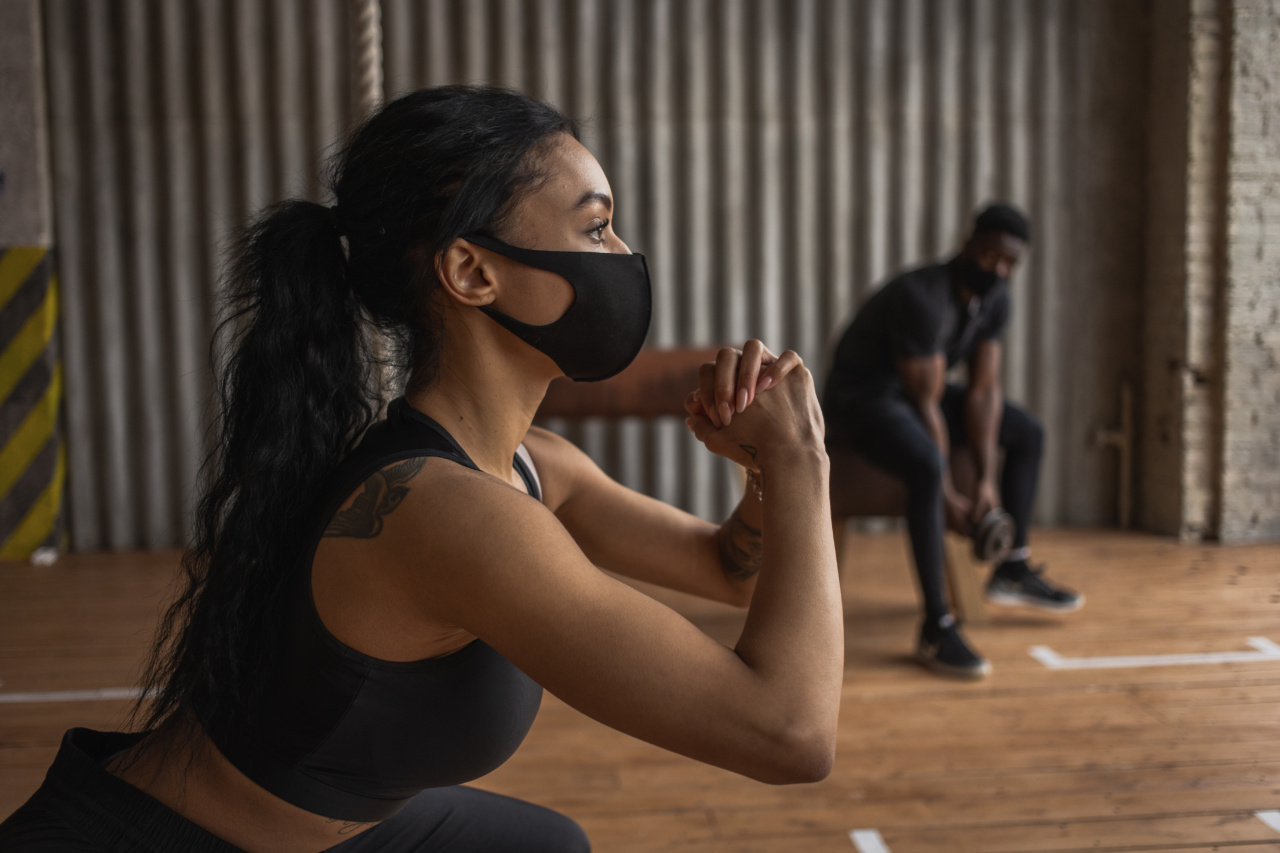Osteoporosis is a condition characterized by low bone density and compromised bone strength, leading to an increased risk of fractures. It primarily affects women, particularly those in postmenopausal stages.
While the development of osteoporosis is influenced by several factors, including genetics and hormonal changes, there are effective measures that women can take to prevent or manage the condition. One of the most crucial aspects of osteoporosis prevention is regular exercise.
Exercise not only strengthens bones but also improves overall health and reduces the risk of falls, which can be particularly detrimental for individuals with low bone density.
Understanding Osteoporosis
Osteoporosis is known as a silent disease, as it often progresses without any noticeable symptoms until a fracture occurs. The condition weakens bones, making them brittle and susceptible to fractures even with minor trauma.
Women, especially those who have experienced menopause, face a higher risk of developing osteoporosis due to a decline in estrogen levels, which contributes to decreased bone density.
Bone is a living tissue that is in a constant state of renewal. Throughout a person’s life, the body breaks down old bone tissue, referred to as resorption, while replacing it with newly formed bone tissue, known as formation.
However, during osteoporosis, bone resorption exceeds bone formation, resulting in a reduction in bone mass and density.
Exercise Types Beneficial for Osteoporosis Prevention
Regular exercise plays a vital role in osteoporosis prevention by stimulating bone formation, maintaining bone mass, and improving overall muscle strength and balance.
Here are some exercise types recommended for women seeking to prevent or manage osteoporosis:.
1. Weight-Bearing Exercises
Weight-bearing exercises involve any activity performed on your feet that requires your muscles and bones to work against gravity. These exercises help to stimulate bone growth, improve bone density, and increase bone strength.
Some examples of weight-bearing exercises include:.
– Walking.
– Jogging or running.
– Dancing.
– Stair climbing.
– Tennis.
2. Strength Training
Strength training, also known as resistance training or weightlifting, involves using external resistance such as dumbbells, resistance bands, or machines to strengthen muscles and bones.
Resistance exercises increase muscle mass, which in turn helps to provide support and stability to the bones. Women with osteoporosis can benefit greatly from strength training exercises such as:.
– Squats.
– Lunges.
– Deadlifts.
– Chest presses.
– Shoulder presses.
3. Low-Impact Exercises
For individuals with osteoporosis or those who may be at a higher risk of fractures, low-impact exercises can be particularly beneficial.
These exercises provide the benefits of weight-bearing and cardiovascular exercises without placing excessive stress on the joints. Examples of low-impact exercises include:.
– Cycling.
– Swimming or water aerobics.
– Yoga.
– Pilates.
– Tai Chi.
4. Balance and Posture Exercises
Improving balance and posture can help reduce the risk of falls and fractures. Falls can be especially dangerous for individuals with osteoporosis, as weakened bones are more likely to break upon impact.
Incorporating balance and posture exercises into the routine can be beneficial for overall bone health. Some exercises to consider include:.
– Standing on one leg.
– Heel-to-toe walk.
– Tai Chi.
– Yoga.
– Balance ball exercises.
The Importance of Consultation and Safety Measures
It is important for women, especially those diagnosed with osteoporosis, to consult with a healthcare professional or a qualified exercise specialist before initiating any exercise program.
They can provide personalized guidance and recommendations tailored to individual needs and medical history. Safety measures that should be considered when exercising with osteoporosis include:.
– Starting slowly and gradually increasing the intensity and duration of exercises.
– Using proper equipment and footwear.
– Avoiding exercises that involve excessive twisting or bending of the spine.
– Practicing proper form and technique to minimize the risk of injury.
– Listening to your body and modifying exercises as necessary.
Conclusion
Osteoporosis prevention is a multifaceted approach, and exercise plays a crucial role in maintaining bone health, improving overall strength, and reducing the risk of falls and fractures.
Weight-bearing exercises, strength training, low-impact exercises, and balance and posture exercises can all contribute to better bone density and overall well-being. However, it is essential to consult with healthcare professionals before embarking on any exercise program, especially for individuals with osteoporosis.
By incorporating regular exercise into a lifestyle, women can take proactive steps toward preventing osteoporosis and maintaining strong and healthy bones.





























